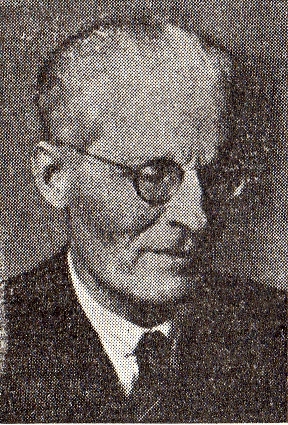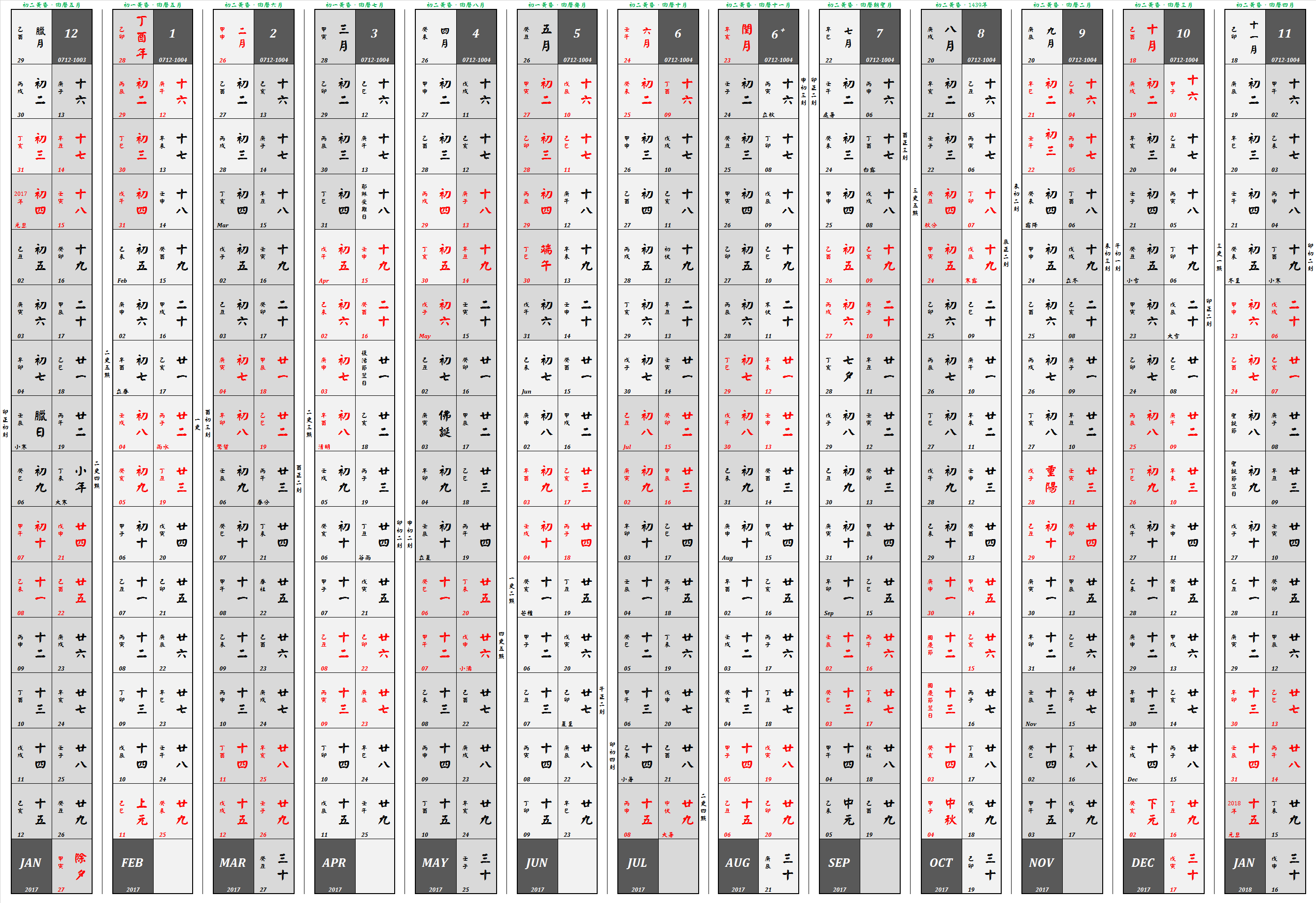|
Bulgar Calendar
The Bulgar calendar was a solar calendar system used by the Bulgars, a Turkic people, originally from Central Asia, who from the 4th century onwards dwelt in the Eurasian steppes north of the Caucasus and around the banks of river Volga. In 681, part of the Bulgars settled in the Balkan peninsula and established First Bulgarian Empire. The main source of information used for reconstruction of the Bulgar calendar is a short 15th century transcript in Church Slavonic called '' Nominalia of the Bulgarian Khans'', which contains 10 pairs of calendar terms. Additionally, the same dating system is used in a marginal note in a manuscript by 10th century monk Tudor Doksov and in the Chatalar Inscription by the 9th-century Bulgaria ruler Omurtag (r. 814-831), who also provides the Byzantine imperial dating equivalent (the indiction). According to the reconstructed calendar, the Bulgars used a 12-year cyclic calendar similar to the one adopted by Turkic peoples from the Chinese calendar, wit ... [...More Info...] [...Related Items...] OR: [Wikipedia] [Google] [Baidu] |
Bulgars
The Bulgars (also Bulghars, Bulgari, Bolgars, Bolghars, Bolgari, Proto-Bulgarians) were Turkic semi-nomadic warrior tribes that flourished in the Pontic–Caspian steppe and the Volga region during the 7th century. They became known as nomadic equestrians in the Volga-Ural region, but some researchers say that their ethnic roots can be traced to Central Asia. During their westward migration across the Eurasian steppe, the Bulgar tribes absorbed other tribal groups and cultural influences in a process of ethnogenesis, including Iranian, Finnic and Hunnic tribes. Modern genetic research on Central Asian Turkic people and ethnic groups related to the Bulgars points to an affiliation with Western Eurasian populations. The Bulgars spoke a Turkic language, i.e. Bulgar language of Oghuric branch. They preserved the military titles, organization and customs of Eurasian steppes, as well as pagan shamanism and belief in the sky deity Tangra. The Bulgars became semi-sedentary durin ... [...More Info...] [...Related Items...] OR: [Wikipedia] [Google] [Baidu] |
Omurtag
Omurtag (or Omortag) ( bg, Омуртаг; original gr, Μορτάγων and Ομουρτάγ', Inscription No.64. Retrieved 10 April 2012.) was a Great Khan (''Kanasubigi'') of Bulgaria from 814 to 831. He is known as "the Builder". In the very beginning of his reign he signed a 30-year peace treaty with the neighboring Byzantine Empire which remained in force to the end of his life. Omurtag successfully coped with the aggressive policy of the Frankish Empire to take Bulgaria's north-western lands and suppressed the unrest among several Slavic tribes. He made administrative reforms which increased the power and the authority of the central government. His reign was marked with a strong development of Bulgarian architecture with a number of significant construction projects. Rise to the throne After the death of Khan Krum there was a short period of political instability in the country. Some sources mention that Bulgaria was ruled by three nobles - "Dukum" (Δούκουμος; ... [...More Info...] [...Related Items...] OR: [Wikipedia] [Google] [Baidu] |
Ancient Calendars
Ancient history is a time period from the beginning of writing and recorded human history to as far as late antiquity. The span of recorded history is roughly 5,000 years, beginning with the Sumerian cuneiform script. Ancient history covers all continents inhabited by humans in the period 3000 BCAD 500. The three-age system periodizes ancient history into the Stone Age, the Bronze Age, and the Iron Age, with recorded history generally considered to begin with the Bronze Age. The start and end of the three ages varies between world regions. In many regions the Bronze Age is generally considered to begin a few centuries prior to 3000 BC, while the end of the Iron Age varies from the early first millennium BC in some regions to the late first millennium AD in others. During the time period of ancient history, the world population was already exponentially increasing due to the Neolithic Revolution, which was in full progress. While in 10,000 BC, the world population s ... [...More Info...] [...Related Items...] OR: [Wikipedia] [Google] [Baidu] |
Omeljan Pritsak
Omeljan Yosypovych Pritsak ( uk, Омелян Йосипович Пріцак; 7 April 1919, Luka, Sambir County, West Ukrainian People's Republic – 29 May 2006, Boston) was the first Mykhailo Hrushevsky Professor of Ukrainian History at Harvard University and the founder and first director (1973–1989) of the Harvard Ukrainian Research Institute. Career From 1921 till 1936 he lived in Ternopil, where he graduated the state Polish gymnasium. Pritsak began his academic career at the University of Lviv in interwar Poland where he studied Middle Eastern languages under local orientalists and became associated with the Shevchenko Scientific Society and attended its seminar on Ukrainian history led by Ivan Krypiakevych. After the Soviet annexation of Galicia, he moved to Kyiv where he briefly studied with the premier Ukrainian orientalist, Ahatanhel Krymsky. During the war, Pritsak escaped to the west. He studied at the universities in Berlin and Göttingen, receiving a doctorate ... [...More Info...] [...Related Items...] OR: [Wikipedia] [Google] [Baidu] |
Jooseppi Julius Mikkola
Jooseppi Julius (J. J.) Mikkola (July 6, 1866, Ylöjärvi – September 28, 1946, Helsinki), was Finnish linguist and professor. Mikkola is regarded as one of the most important Finnish linguists of Slavic languages of his era. Biography Mikkola's parents were farmer Antti Erland Mikkola and Johanna Mikkola.http://www.helsinki.fi/keskusarkisto/virkamiehet_2/index.htm finnish infopage Mikkola graduated in 1886. In 1893 Mikkola married Finnish author Maila Talvio. Books * ''Berührungen zwischen den westfinnischen und slavischen Sprachen'', väitöskirja. Finsk-ugriska sällskapet, Helsingfors 1893–1895 * ''Betonung und Quantität in den westslavischen Sprachen''. W. Hagelstam, Helsingfors 1899 * ''Kansallinen liike Böömissä''. Kansanvalistusseura 1903 * ''Ladoga, Laatokka''. Finsk-ugriska sällskapet, Helsingfors 1906 * ''Urslavische Grammatik : Einführung in das vergleichende Studium der slavischen Sprachen, 1 Teil – Lautlehre, Vokalismus, Betonung''. Carl Winter's Uni ... [...More Info...] [...Related Items...] OR: [Wikipedia] [Google] [Baidu] |
Slavist
Slavic (American English) or Slavonic (British English) studies, also known as Slavistics is the academic field of area studies concerned with Slavic peoples, Slavic areas, languages, literature, history, and culture. Originally, a Slavist or Slavicist was primarily a linguistics, linguist or philologist researching Slavistics. Increasingly, historians, social scientists, and other humanists who study Slavic area cultures and societies have been included in this rubric. In North America, Slavic studies is dominated by Russian studies. Ewa Thompson, a professor of Slavic studies at Rice University, described the situation of non-Russian Slavic studies as "invisible and mute." History Slavistics emerged in late 18th and early 19th century, simultaneously with Romantic nationalism, Romantic nationalisim among various Slavic nations, and ideological attempts to establish a common sense of Slavic community, exemplified by the Pan-Slavism, Pan-Slavist movement. Among the first scholars ... [...More Info...] [...Related Items...] OR: [Wikipedia] [Google] [Baidu] |
Finnish People
Finns or Finnish people ( fi, suomalaiset, ) are a Baltic Finnic ethnic group native to Finland. Finns are traditionally divided into smaller regional groups that span several countries adjacent to Finland, both those who are native to these countries as well as those who have resettled. Some of these may be classified as separate ethnic groups, rather than subgroups of Finns. These include the Kvens and Forest Finns in Norway, the Tornedalians in Sweden, and the Ingrian Finns in Russia. Finnish, the language spoken by Finns, is closely related to other Balto-Finnic languages, e.g. Estonian and Karelian. The Finnic languages are a subgroup of the larger Uralic family of languages, which also includes Hungarian. These languages are markedly different from most other languages spoken in Europe, which belong to the Indo-European family of languages. Native Finns can also be divided according to dialect into subgroups sometimes called ''heimo'' (lit. ''tribe''), although suc ... [...More Info...] [...Related Items...] OR: [Wikipedia] [Google] [Baidu] |
Bulgar Language
Bulgar (also known as Bulghar, Bolgar, or Bolghar) is an extinct Oghur Turkic language spoken by the Bulgars. The name is derived from the Bulgars, a tribal association that established the Bulgar state known as Old Great Bulgaria in the mid-7th century, giving rise to the Danubian Bulgaria by the 680s.Encyclopædia Britannica Online �''Bolgar Turkic''Campbell, George L. ''Compendium of the World's Languages''. Routledge, 2000''page 274''/ref>Marcantonio, Angela. ''The Uralic Language Family: Facts, Myths and Statistics''. Blackwell Publishing Limited, 2002''page 25''/ref> While the language was extinct in Danubian Bulgaria (in favour of Old Church Slavonic), it persisted in Volga Bulgaria, eventually giving rise to the modern Chuvash language. Other than Chuvash, Bulgar is the only language to be definitively classified as an Oghur Turkic language. The inclusion of other languages such as Hunnish, Khazar and Sabir within Oghur Turkic remains speculative owing to the pau ... [...More Info...] [...Related Items...] OR: [Wikipedia] [Google] [Baidu] |
Chinese Calendar
The traditional Chinese calendar (also known as the Agricultural Calendar ��曆; 农历; ''Nónglì''; 'farming calendar' Former Calendar ��曆; 旧历; ''Jiùlì'' Traditional Calendar ��曆; 老历; ''Lǎolì'', is a lunisolar calendar which identifies years, months, and days according to astronomical phenomena. In China, it is defined by the Chinese national standard GB/T 33661–2017, "Calculation and Promulgation of the Chinese Calendar", issued by the Standardization Administration of China on May 12, 2017. Although modern-day China uses the Gregorian calendar, the traditional Chinese calendar governs holidays, such as the Chinese New Year and Lantern Festival, in both China and overseas Chinese communities. It also provides the traditional Chinese nomenclature of dates within a year which people use to select auspicious days for weddings, funerals, moving or starting a business. The evening state-run news program ''Xinwen Lianbo'' in the P.R.C. continues to anno ... [...More Info...] [...Related Items...] OR: [Wikipedia] [Google] [Baidu] |
Indiction
An indiction ( la, indictio, impost) was a periodic reassessment of taxation in the Roman Empire which took place every fifteen years. In Late Antiquity, this 15-year cycle began to be used to date documents and it continued to be used for this purpose in Medieval Europe, and can also refer to an individual year in the cycle; for example, "the fourth indiction" came to mean the fourth year of the current indiction. Since the cycles themselves were not numbered, other information is needed to identify the specific year. History Indictions originally referred to the periodic reassessment for an agricultural or land tax in the Roman Empire. There were three different cycles: a 15-year cycle used throughout the empire; a 14-year cycle used in Roman Egypt; and a five year cycle called the ''lustrum'', derived from the Roman Republican census. Changes to the tax system usually took place at the beginning of one of these cycles and at the end of the indiction Emperors often chose to forg ... [...More Info...] [...Related Items...] OR: [Wikipedia] [Google] [Baidu] |
Byzantine Empire
The Byzantine Empire, also referred to as the Eastern Roman Empire or Byzantium, was the continuation of the Roman Empire primarily in its eastern provinces during Late Antiquity and the Middle Ages, when its capital city was Constantinople. It survived the fragmentation and fall of the Western Roman Empire in the 5th century AD and continued to exist for an additional thousand years until the fall of Constantinople to the Ottoman Empire in 1453. During most of its existence, the empire remained the most powerful economic, cultural, and military force in Europe. The terms "Byzantine Empire" and "Eastern Roman Empire" were coined after the end of the realm; its citizens continued to refer to their empire as the Roman Empire, and to themselves as Romans—a term which Greeks continued to use for themselves into Ottoman times. Although the Roman state continued and its traditions were maintained, modern historians prefer to differentiate the Byzantine Empire from Ancient Rome ... [...More Info...] [...Related Items...] OR: [Wikipedia] [Google] [Baidu] |





